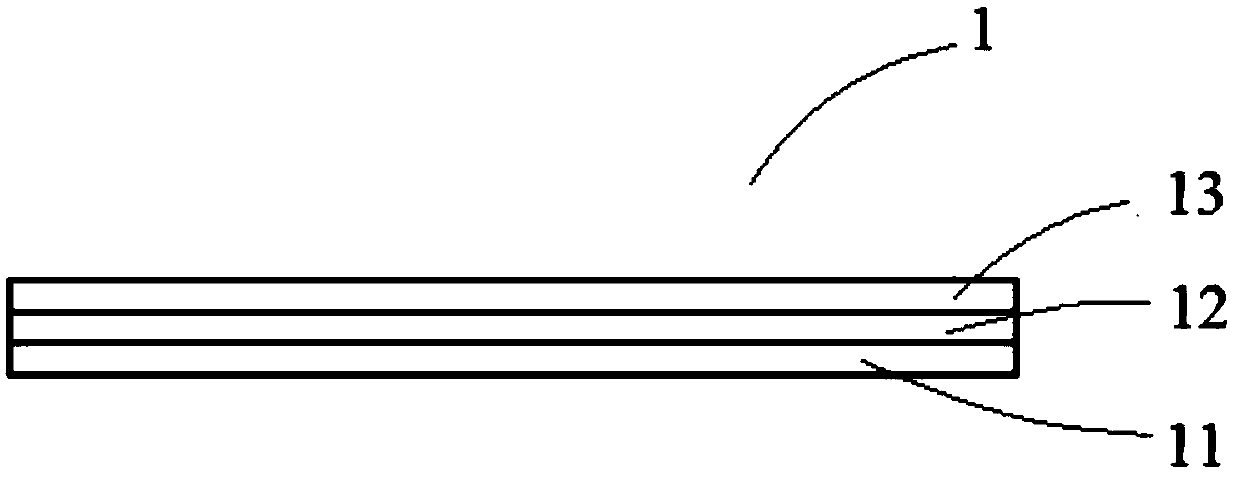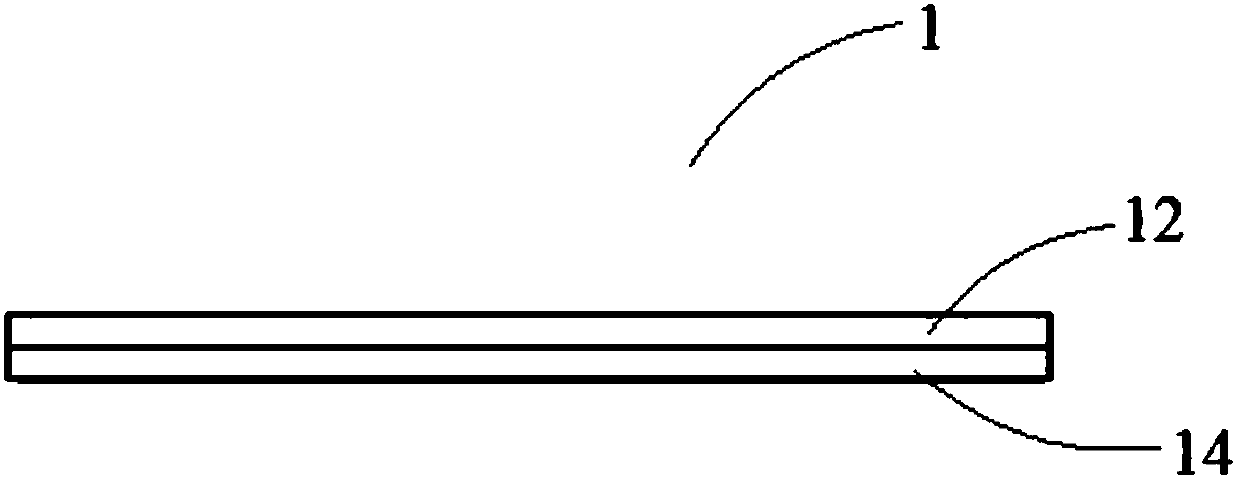Secondary battery current collector and secondary battery using same
A technology for secondary batteries and current collectors, applied in the direction of electrode carriers/collectors, etc., which can solve the problems of increasing battery internal resistance, existing safety risks, and heavy coating weight
- Summary
- Abstract
- Description
- Claims
- Application Information
AI Technical Summary
Problems solved by technology
Method used
Image
Examples
preparation example Construction
[0060] When the secondary battery is a lithium-ion battery, a conventional lithium-ion battery preparation method can be used, which at least includes the following steps:
[0061] Step 1, coating the coating layer slurry including polymer, inorganic particles and binder on the surface of the positive electrode current collector and / or the negative electrode current collector, and forming a coating layer after drying;
[0062] Step 2, coating the positive electrode slurry including the positive electrode active material, conductive agent and binder on the surface of the positive electrode current collector, forming a positive electrode active material layer after drying, and obtaining the positive electrode sheet;
[0063] Step 3, coating the negative electrode slurry including the negative electrode active material and the binder on the surface of the negative electrode current collector, forming a negative electrode active material layer after drying, and obtaining the negati...
Embodiment 1
[0088] Coating layer preparation
[0089] Mix the polymer, inorganic particles and binder, add water, stir evenly to obtain a coating layer slurry, and then coat the coating layer slurry on the surfaces of both sides of the copper foil of the negative electrode current collector. The coating area includes The current collector body and tabs are dried to obtain coating layers 1-13. The types of polymer, inorganic particles and binder, the mass ratio of the three, the size parameters of polymer and inorganic particles, the thickness of the coating layer, and the pore diameter of the surface and internal micropores of the coating layer are shown in Table 1.
[0090] Positive electrode sheet preparation
[0091] The positive electrode active material NCM433, the conductive agent carbon black, and the binder polyvinylidene fluoride (PVDF) were mixed in a weight ratio of 96:2:2. Add solvent N-methylpyrrolidone, mix and stir evenly to obtain positive electrode slurry. Coat the...
PUM
| Property | Measurement | Unit |
|---|---|---|
| Particle size | aaaaa | aaaaa |
| Diameter | aaaaa | aaaaa |
| Thickness | aaaaa | aaaaa |
Abstract
Description
Claims
Application Information
 Login to View More
Login to View More - R&D
- Intellectual Property
- Life Sciences
- Materials
- Tech Scout
- Unparalleled Data Quality
- Higher Quality Content
- 60% Fewer Hallucinations
Browse by: Latest US Patents, China's latest patents, Technical Efficacy Thesaurus, Application Domain, Technology Topic, Popular Technical Reports.
© 2025 PatSnap. All rights reserved.Legal|Privacy policy|Modern Slavery Act Transparency Statement|Sitemap|About US| Contact US: help@patsnap.com



